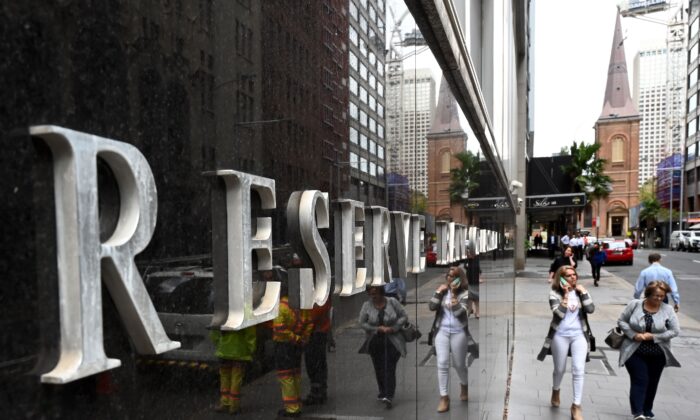The US Federal Reserve has indicated cuts at its upcoming meeting in September. The big question now is: will the RBA follow suit next week, as many are predicting?
The U.S. Federal Reserve’s decision to keep rates steady, while hinting at a cut at its next meeting in September, has raised hopes that the Reserve Bank of Australia (RBA) may do the same at its meeting next week.
However, the Federal Reserve’s announcement came amidst a weakening U.S. dollar, whereas the Australian dollar has strengthened, reflecting the market’s endorsement of the RBA’s emphasis on inflation control.
In contrast, central banks in Canada and Europe have already eased their rates, implying that the RBA may not raise rates further.
Weakening inflation and softening labor market conditions in the United States have fueled expectations of three rate cuts by the Federal Reserve this year, starting in September.
On the other hand, the National Australia Bank (NAB) maintains its prediction that the RBA will maintain its current cash rate of 4.35 percent until May 2025.
Concerns have been raised by some economists that the RBA might even raise rates due to increased risks of a recession.
Last week’s data showed a slowdown in private sector growth in July, with declines in manufacturing and slower services growth.
Australian retail sales data for June will be released on Aug. 6 followed by the second-quarter Consumer Price Index (CPI) data the next day, potentially offering insights into future domestic monetary policy.
Bond traders in Australia expect two rate cuts by June 2025, bringing the cash rate to 3.85 percent. However, they see only a six percent chance of a rate cut after the RBA’s policy meeting next Tuesday.
Some commentators believe it’s time for the RBA to take action.
“Every country that has cut rates so far has done so even when their inflation isn’t at target,” said Tim Hext, head of government bond strategies at Pendal, to the Australian Financial Review.
With an election looming, the government is eager to see rate cuts soon to provide relief to mortgage holders and businesses.
Treasurer Jim Chalmers highlighted Labor’s progress on core inflation and back-to-back surpluses, stating that their efforts are aiding the fight against inflation.
However, Shadow Treasurer Angus Taylor accused Labor of allowing spending to outpace the economy, resulting in higher interest rates for a longer period.
Regardless of the Reserve Bank’s decision next week, it is evident that Australians will continue to face challenges for an extended period, as per Taylor’s remarks to 2GB.
Please rewrite this sentence.
Source link




